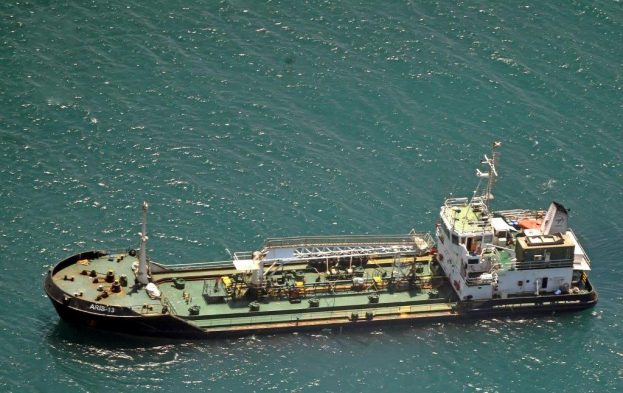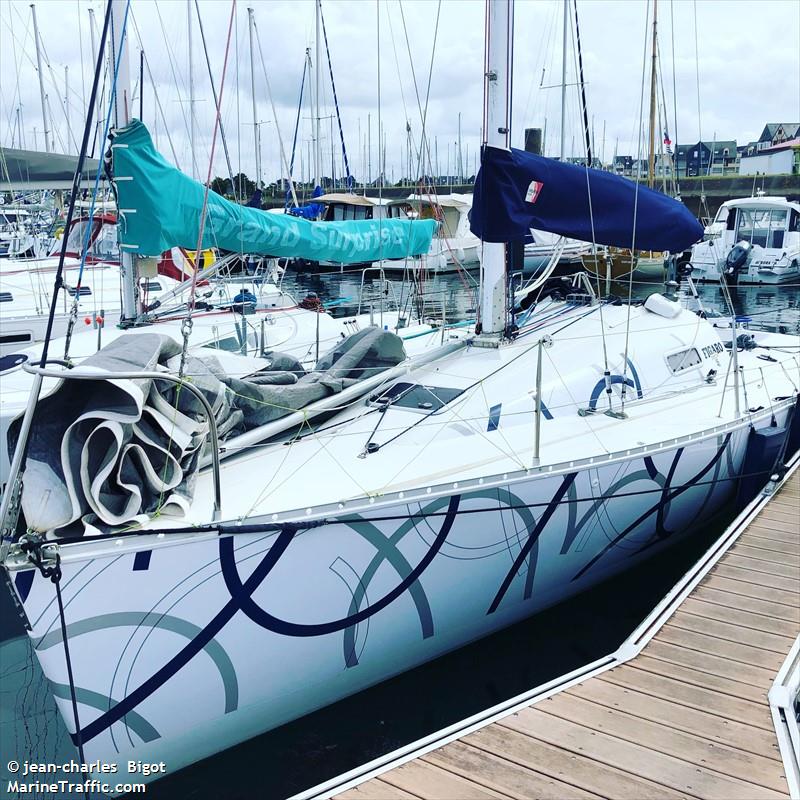Putting Somali piracy into perspective

Intelligence consultant David Rider gives readers a bigger picture take on the Aris 13 hijacking eight days ago.
On March 13, the shipping industry was given a wake-up call. After almost five years without a major pirate attack or successful merchant hijack, Somali pirates returned to action by hijacking the Aris 13, a Comoros-flagged bunkering tanker with eight Sri Lankan crew onboard.
The ship had been transiting from Djibouti to Mogadishu when it was approached by two skiffs launched from a dhow, according to sources within EUNAVFOR. The vessel was hijacked and then taken to Caluula, Puntland.
Sources in the region kept me updated and I forwarded all the intelligence I was receiving to EUNAVFOR.
On Thursday 16, I received a call from a source in Puntland who informed me that five pirates had left the ship to meet with local clan elders and representatives of the Puntland government. Shortly afterwards, I was told the vessel had been released into the custody of the Puntland authorities.
The incident came as a major surprise to an industry that had become complacent about the threat of piracy in the Indian Ocean region and High Risk Area (HRA). While dhows have been hijacked by ‘local fishermen’, the attack on a merchant ship highlighted just how relaxed the industry has become. The transit route taken by the Aris 13 included a ‘short cut’ around Socotra Island, which took the ship very close to Puntland, the former bastion of Somali pirates and an area where militia and smugglers operate between Yemen and Somalia.
The saving in fuel and time proved rather costly.
While one hijacking does not necessarily mean that Somalia’s pirates are back with a vengeance, credible reports from Puntland suggest that at least one former pirate commander, Isse Yuluh, was watching events closely and offered materiel support to the Aris 13 hijackers. Yuluh was responsible for the last two successful hijacks (Royal Grace and the Smyrni) in 2012. While he has reportedly diversified into smuggling and gun running, he knows the big money is still in piracy, provided the business mode of risk versus reward tips back in the pirates’ favour.
The naval drawdown in the Indian Ocean region and redrawing of the HRA in 2016 were certainly been seen by some – probably including the pirate gangs themselves, who certainly keep an eye on western media – as a signal that the threat of piracy had gone. It may be no coincidence, then, that UKMTO and MSCHOA are concerned that fewer vessels are registering with them before entering the HRA, leading to possible delays in response should the worst happen and dramatically reducing domain awareness.
While armed guards have always been seen as the best deterrent against piracy off Somalia, that additional cost in a period where little piracy has been recorded in the region has meant a number of shipping companies have reduced their security budgets accordingly. Whether we will now see an increase in the use of armed security teams remains to be seen.
Meanwhile, the more immediate threat is spillover from the conflict in Yemen. There were at least two reported suspicious approaches by skiffs on merchant ships in the Gulf of Aden IRTC at the beginning of March, with large numbers of armed men sighted in at least one incident.
This, combined with the threat in the Bab el-Mandeb Strait posed by Al Houti-Saleh rebels operating around Hodeidah means that the industry certainly can’t slip back into complacency if it wants to avoid further incidents such as last week’s.
David Rider is an intelligence consultant who has worked in the maritime domain since 2009. He currently works with CSO Alliance and MAST and is the editor of Maritime Security Review.

 , a Comoros-flagged bunkering tanker with eight Sri Lankan crew onboard.
, a Comoros-flagged bunkering tanker with eight Sri Lankan crew onboard.
Good article. It is said that a ransom was paid in the Aris 13 case.